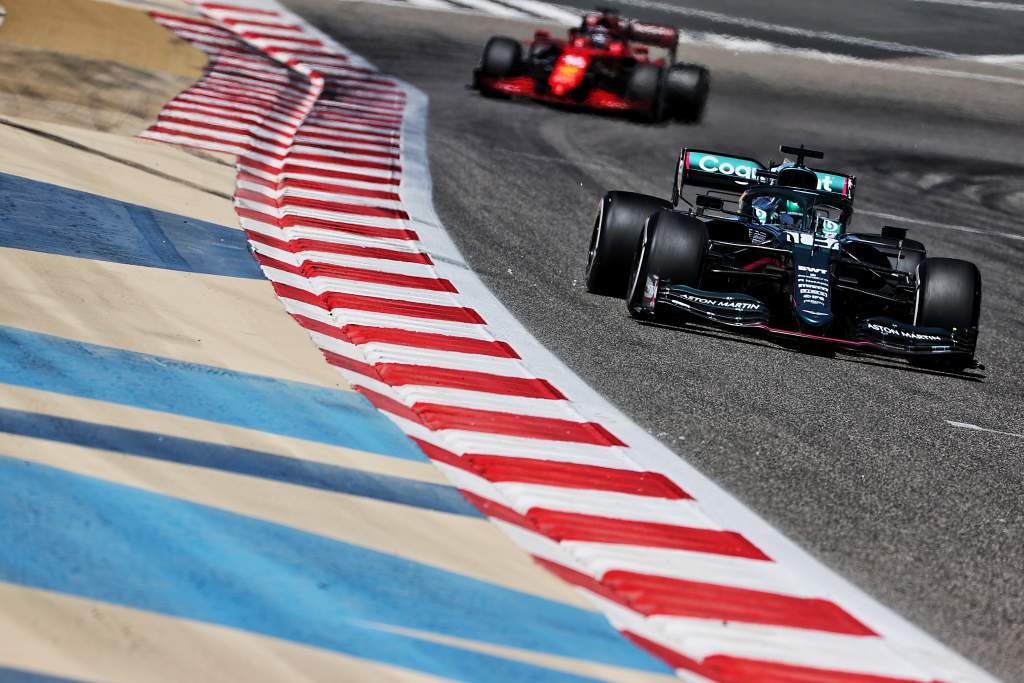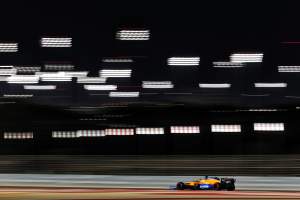Up Next

Optimism and excitement around a new Formula 1 season can quickly fade for a team when the cars hit the track and reality sets in.
That’s especially the case for those who have missed their targets or been outgunned by the opposition. For some, fears will prove unfounded. But for others they will be realised.
Ahead of the 2021 season starting with this weekend’s Bahrain Grand Prix, we assess what each team might be most concerned by.
WILLIAMS: WILL ITS PEAKS BE HIGH ENOUGH?
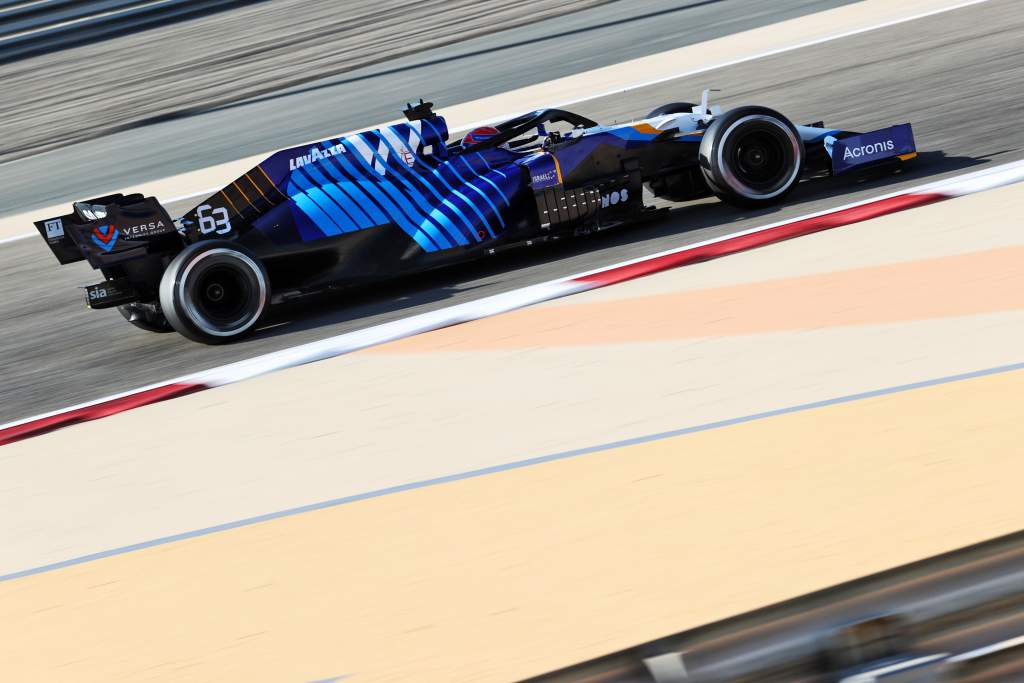
After pre-season testing, George Russell revealed that the Williams FW43B was very wind sensitive. This was the result of a decision to focus on peak downforce at the expense of aerodynamic robustness. The hope is that, on its best weekends in steady state conditions, the car will be good enough for top 10 finishes, at the expense of some bad weekends.
Given the conditions in Bahrain were very gusty even once the sandstorms had vanished, this did bring out the worst in the car. Russell believes that the car is good when things are more neutral, but we’ve yet to see that confirmed. But if that proves true, the strategy could pay off.
Williams managed just four points finishes in the previous three seasons, so if it can have a handful of strong weekends when it’s in Q2 and can pick up points, that could be enough to lift it off last in the world championship. But if those peaks aren’t high enough, it could be a long, hard season for Russell and team-mate Nicholas Latifi.
HAAS: THE RISK OF A POINT-LESS SEASON
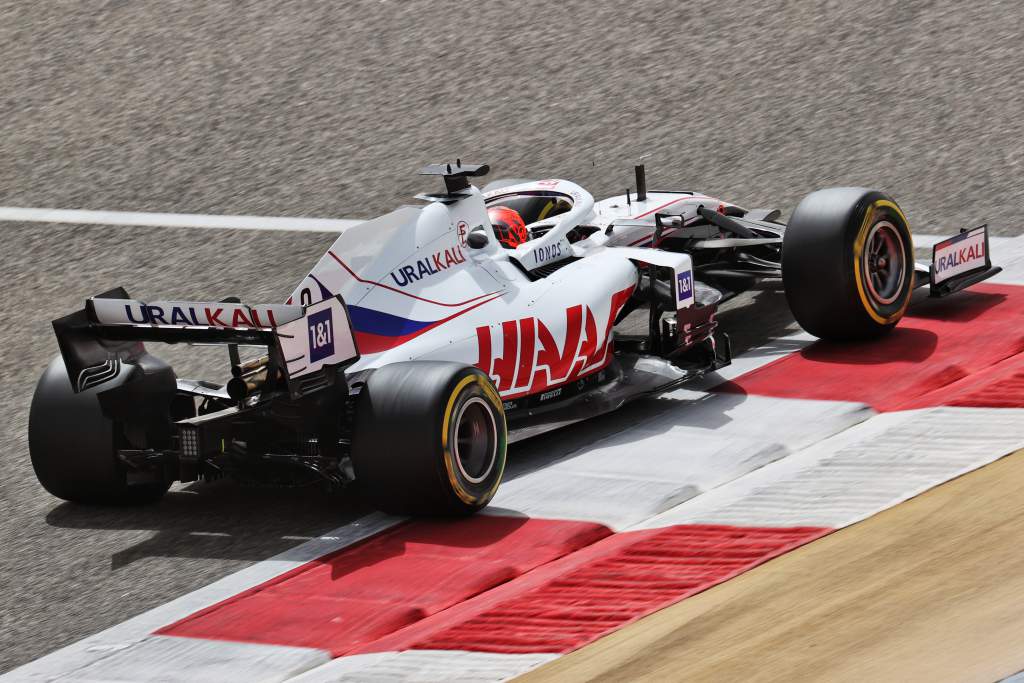
In its five seasons in Formula 1, Haas has always been a points-scoring operation and never had the ignominy of finishing last in the constructors’ championship.
But given it has effectively sacrificed 2021 to focus on development of next year’s car for the new technical regulations, a point-less year is possible.
Pre-season testing suggests the Haas VF-21 is the slowest car by some margin and the emphasis is on building the experience of all-rookie driver pairing Mick Schumacher and Nikita Mazepin.
“If we can get a point or two at some stage – that would be a fantastic result,” says team boss Guenther Steiner.
“But we are realistic, and points will be hard to come by.”
With as many as 23 races to try to score in, should the race team extract the most from the package regularly there is the hope of picking up some top 10 finishes.
But it’s going to be reliant on attrition to do so.
ALFA ROMEO: CAN THE DRIVERS DO IT?
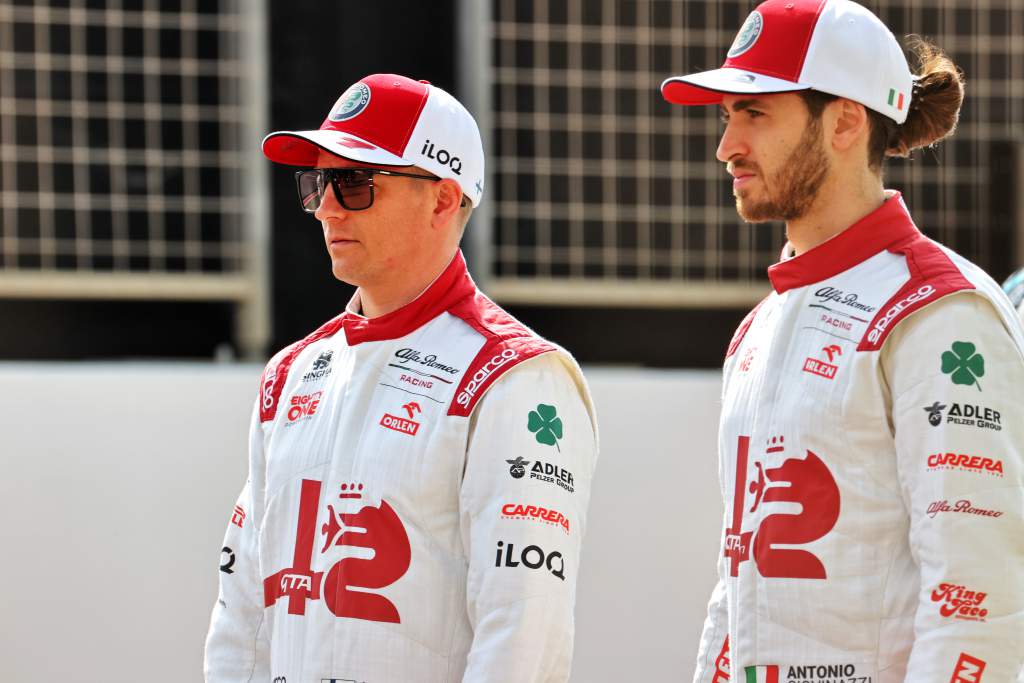
The Alfa Romeo C41 was a regular in the top six during pre-season testing. But although that’s misleading, there are signs that the car might be a little stronger than last year’s. The hope is it can break free of the ‘Class C’ group of teams and threaten the back of the midfield more often.
The question is whether its driver line-up is strong enough. The vastly experienced Kimi Raikkonen still gives outstanding feedback and executes races well, but he lacks the edge of pace that he once had – and that many drivers in this part of the grid have.
Alongside him, Antonio Giovinazzi’s drive was saved by Alfa Romeo’s desire for an Italian in the car. At his best, Giovinazzi can be superb, but he’s far too inconsistent and needs to string more good weekends together – not to mention avoiding crashing out at Spa for a third consecutive season.
If the car is improved, the drivers will be the difference between a relatively strong, or underwhelming, season.
ALPHATAURI: ROOKIE RETURNS

The AlphaTauri AT02 was one of the standout midfield cars during testing, particularly in terms of how well-balanced it looked on track.
Given Pierre Gasly’s qualities are well known, the team’s hopes of a strong constructors’ championship finish could depend on rookie Yuki Tsunoda’s contribution.
Last year, AlphaTauri had a car capable of beating Ferrari to sixth in the constructors’ championship but did not do so. This was partly down to second driver Daniil Kvyat only contributing 32 points compared to Gasly’s 75. AlphaTauri will hope for more from Tsunoda.
The 20-year-old Formula 2 graduate looked good in testing and has the potential to hit the ground running, but given how tight the midfield is he’s going to need to learn fast to score at the required rate.
That’s asking a lot, but he’s a driver with a lot of potential.
Ferrari: Have its upgrades fallen short?
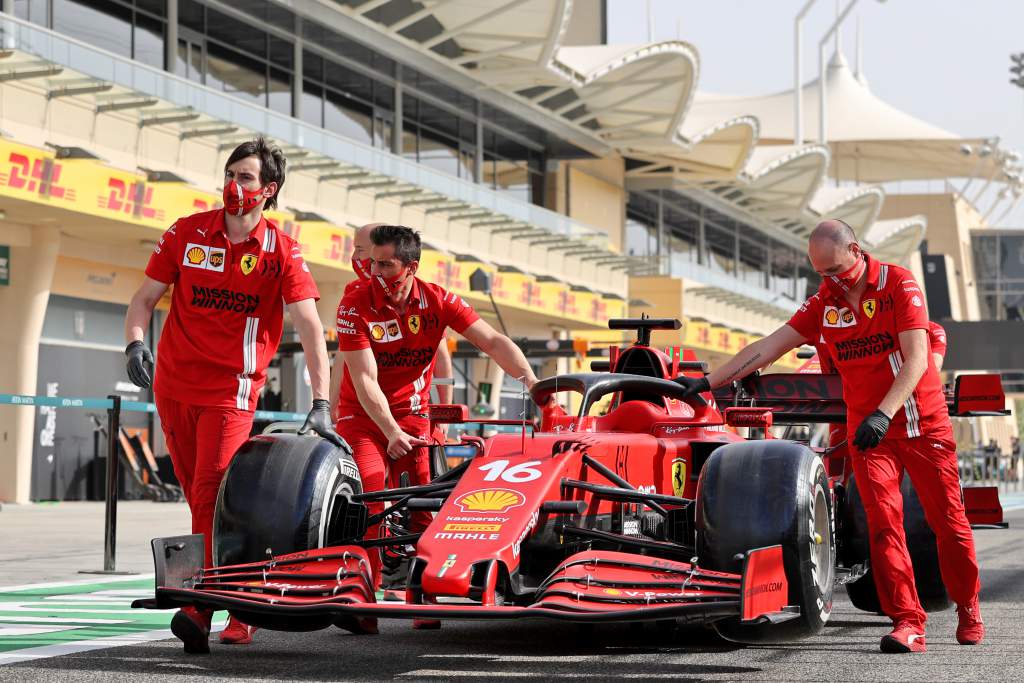
Ferrari’s expectations for its revised aerodynamics, rear suspension and power unit seem to have been met. The team is happy with its correlation work so that suggests it has hit its targets.
But there are suspicions the new package doesn’t seem to be enough to lift it out of the midfield.
Ferrari was never going to eliminate the massive deficit that emerged in 2020 but there was an expectation it would rise to third again.
Testing’s only testing but there’s an air of uncertainty that if Ferrari hasn’t underachieved with its 2021 upgrades, then it might not have aimed high enough.
“To compare to the others is very difficult,” says team boss Mattia Binotto.
“You never know what programmes they are doing. And each team will from now to the start of the season try to optimise the package, having now some more data to analyse.
“I think the true comparison will happen only in the next races.”
If that comparison shakes out poorly for Ferrari, it may have to address an underperforming SF21.
Given it wants to switch development focus to the 2022 car as soon as possible, that would be an obvious frustration.
ALPINE: GOOD ENOUGH FOR ALONSO?
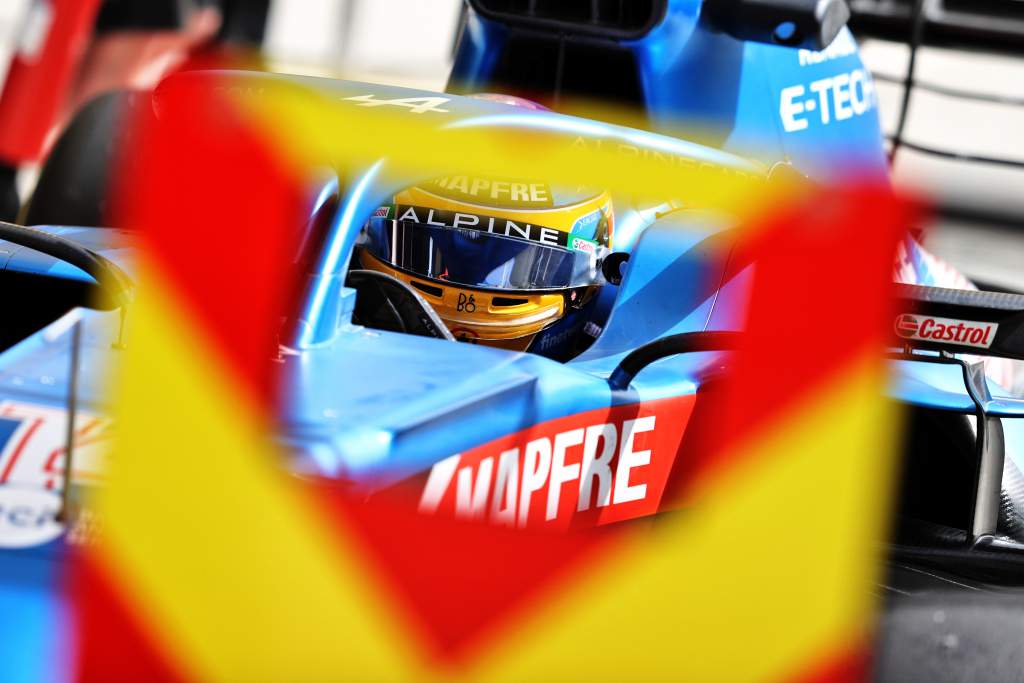
Fernando Alonso heads into his comeback season knowing that the Alpine A521 won’t allow him to fight for victories on merit. But he will be expecting confirmation that the rebranded Renault team is on an upward curve.
That means he will at least want to do what Daniel Ricciardo did last season, picking up a few podiums and consistent points finishes.
In a congested midfield group, it will only take a few tenths to make the difference between a strong weekend and a bad one, but if Alonso can consistently reach Q3 and see the team improving the car then he should be satisfied.
If not, Alonso is well-known as a driver who is justifiably not backward in coming forward when it comes to the shortcomings of a team.
The unusual team structure, without a full-time team boss, could make things very lively behind the scenes should that be the case.
Aston Martin: Lack of preparation
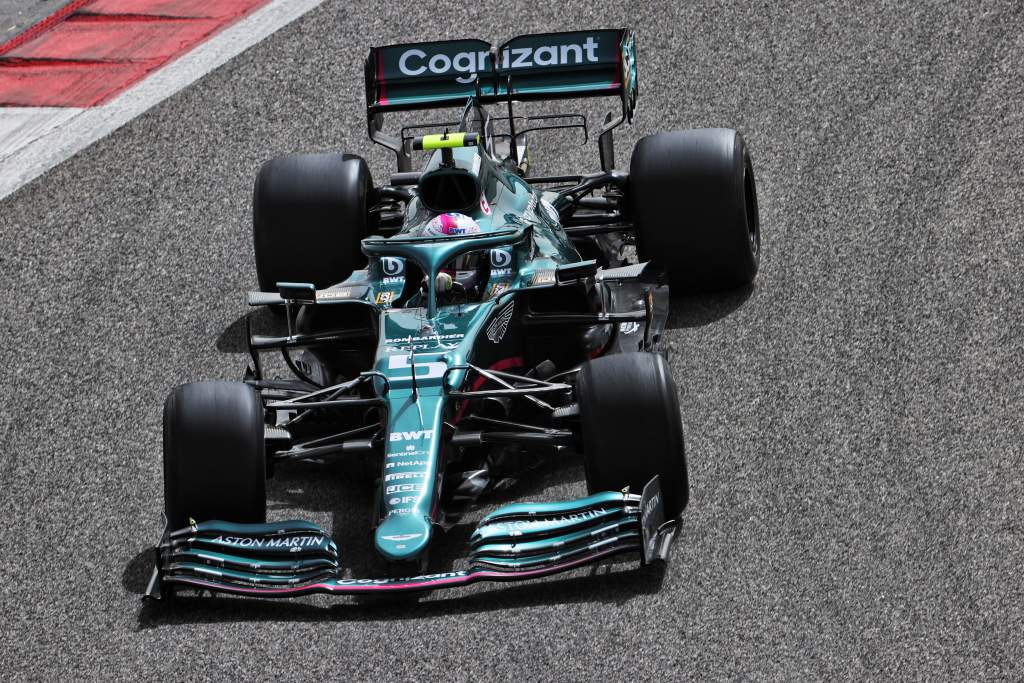
Aston Martin is underprepared. As a team it recorded the second-lowest lap count at testing while star signing Sebastian Vettel had fewer laps than any of the regular drivers.
There were frustrating reliability problems in the form of gearbox, turbocharger and electrical issues and Vettel made it clear that the team could not just blame engine and gearbox supplier Mercedes.
Reduced track time would also have given the team less opportunity to understand its revised AMR21, which has new rear-end architecture having switched to the 2020-spec Mercedes gearbox and suspension.
“If I were to panic now would it help? Probably not,” Vettel says. “We still got some running. It could be better, but it could be worse.
“It’s about remaining calm, doing one thing at a time, and moving forward when it’s time to.”
It may be that both team and star driver can swiftly iron out any kinks, get on top of the mechanical issues and master the new car.
But given how intense the midfield fight is expected to be this season, any lost ground early on could be very costly.
McLaren: What’s been sacrificed for Mercedes?
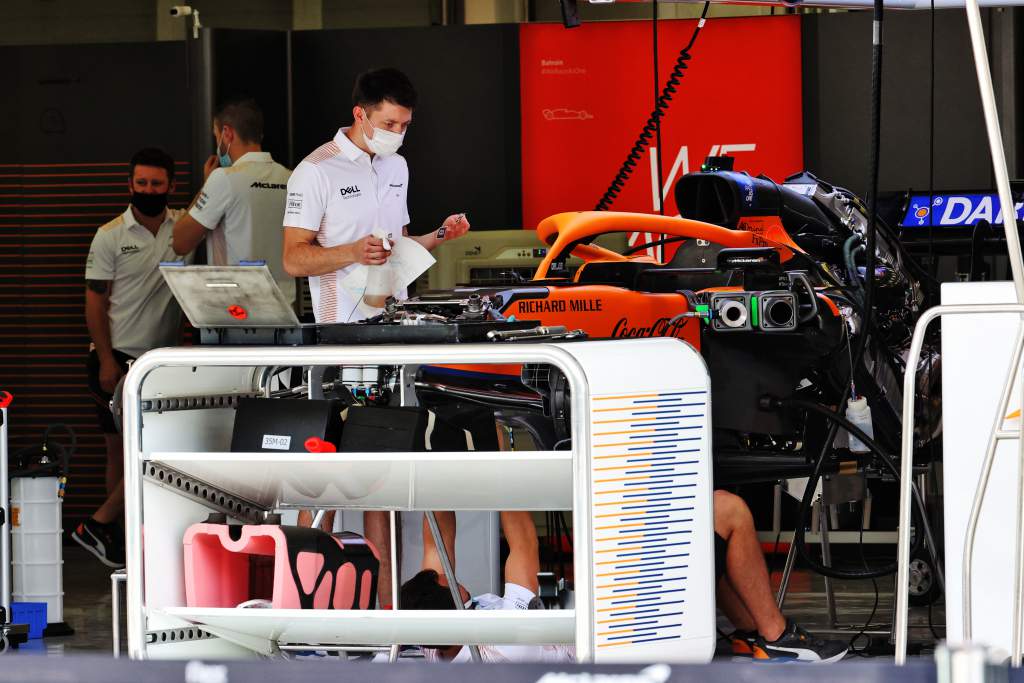
McLaren is the only team that has switched engines in 2021, from Renault to Mercedes, and has had to make a lot of revisions to the rear of the car to facilitate that change.
It’s not easy to do that at a time teams were required to carry over most of their mechanical components for cost-saving reasons.
So, McLaren was given permission to make any necessary change to facilitate the engine change, but had to sacrifice its development tokens to do so.
That means no other performance-focused upgrades have been permitted, while its rivals have adapted fundamental items like the chassis, gearboxes, suspension or nose.
McLaren had to prove to the FIA that it had done nothing more than what was required to house the new power unit.
Sure, aerodynamic development is free, and the Mercedes switch should yield performance on its own, but McLaren was frustrated to lose its development tokens for a reason.
It will hope the restricted mechanical work for the MCL35M is not a defining factor in its quest to finish best of the rest again in 2021.
Red Bull: The fear of a false dawn
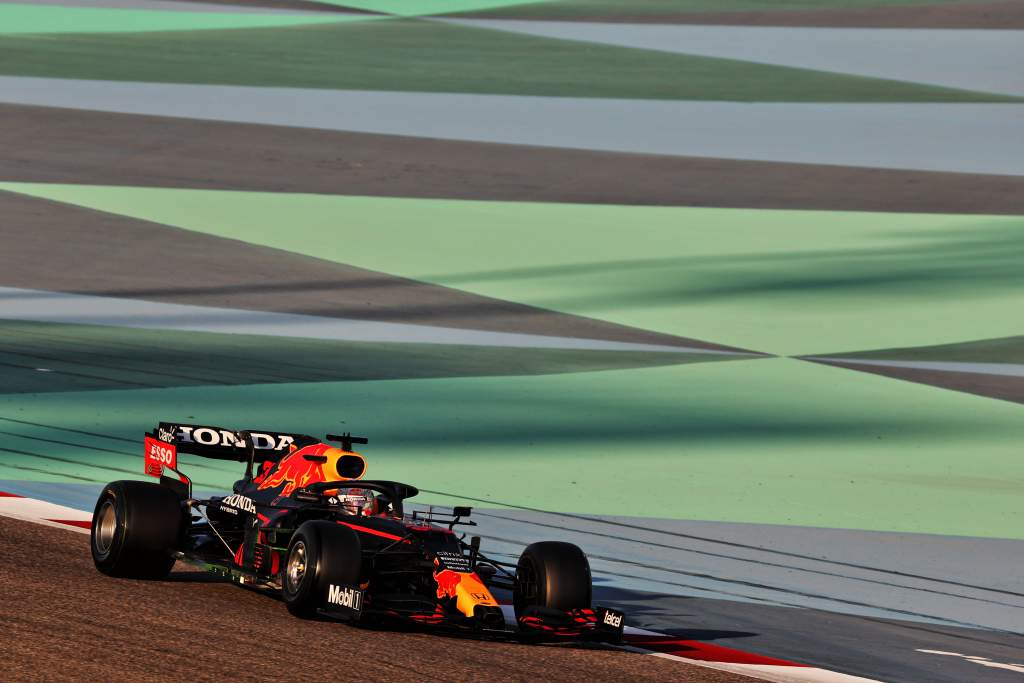
The optimism of a Red Bull title challenge is impossible to ignore, despite the team’s best efforts to play down expectations.
A strong pre-season testing performance with its sweet-handling RB16B and all-new Honda engine suggests that Red Bull’s biggest issue in recent years – failing to hit the ground running – might finally be banished.
Team boss Christian Horner has even admitted that it is starting the season with a good base instead of having to fix an inherent problem.
That, allied with Mercedes’ rear instability problem, means Red Bull is in uncharted territory heading to a season opener in the V6 turbo-hybrid era.
It’s having to convince people that Mercedes is wrong about who is ahead, and keep expectations in check.
Lead driver Max Verstappen says: “Mercedes are still the favourites – how can they not be when they have won seven world championships in a row?
“I’m sure Mercedes also want people to think we are the favourites and put the pressure on us but we are just focused on ourselves.
“We would be stupid to expect that fight to be easy and look at testing and think we are ahead.”
But the team will be anxious to discover if its anticipated chassis and engine gains are enough, or if it has just experienced a false dawn.
Mercedes: Will it really be behind Red Bull?
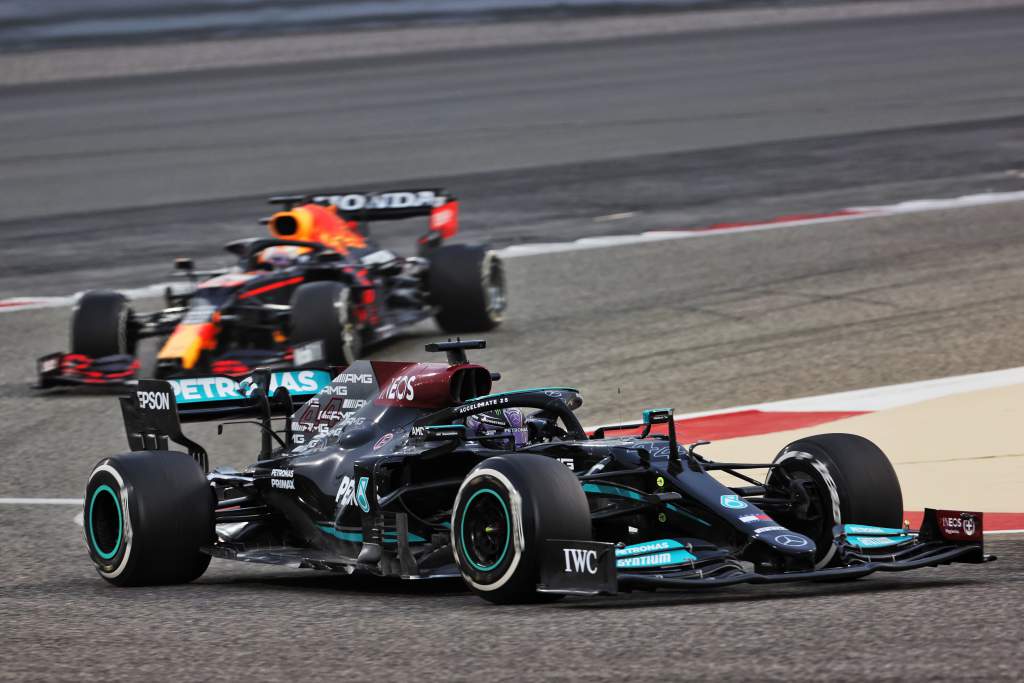
World champion Lewis Hamilton had two spins in testing, one of which caused a red flag, while Valtteri Bottas called the car “quite snappy and unforgiving”.
Mercedes ended the three days in Bahrain claiming it was behind Red Bull and confused over its lack of progress on lower fuel, as it sought to understand its rear instability issue.
“I don’t believe we are going into this particularly finding all the performance that is missing or being ahead of them,” strategy chief James Vowles says.
The team also said that it will not find all the performance that’s missing immediately, or be ahead of Red Bull at the start of the season.
But Mercedes has won the last seven drivers’ and constructors’ championships for a reason, and its supposed struggles have drawn comparisons to 2019 when the team was struggling in testing before a last-gasp breakthrough.
We’ve explained in another video why the two situations are rather different, but Mercedes’ ability to recover from genuine difficulties is a big question mark.
If it can’t, it’s advantage Red Bull. And even if it can – how much performance will it find? Starting on the backfoot has to be Mercedes’ biggest worry.


